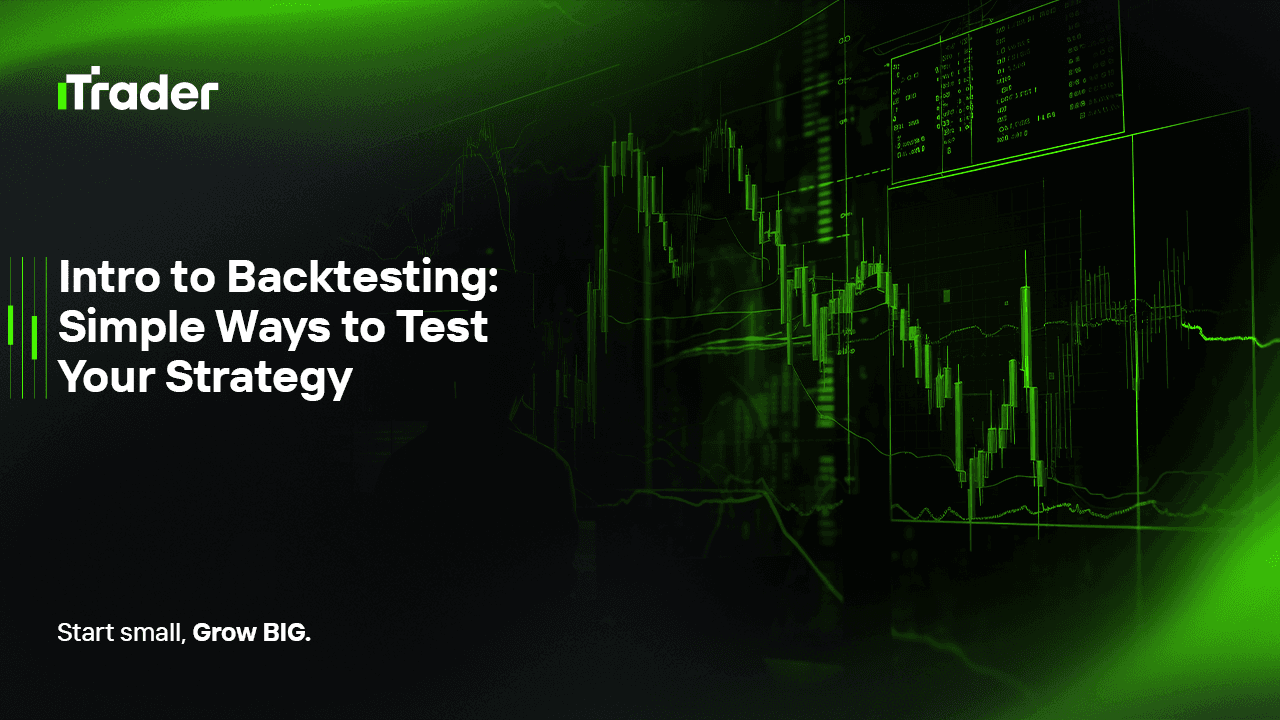2025-09-15
For many traders, the idea of testing a trading strategy feels overwhelming—especially if you’re preparing for a prop firm evaluation where performance rules are strict. But here’s the truth: you don’t need to be a quantitative finance PhD or own expensive software to start validating your ideas. What you need is a structured process to see how your strategy would have performed in real markets. That’s where backtesting comes in.

Backtesting is the process of applying your trading rules to historical market data to see how they would have performed in the past. It’s not about predicting the future with certainty—it’s about checking whether your strategy is robust enough to survive different market conditions.
In the context of prop trading, backtesting plays an even more critical role because:
Imagine walking into a prop firm challenge with a strategy you’ve never tested. You wouldn’t know:
Backtesting answers these questions before real money—or your funded account—is on the line.
The main benefits are:
Backtesting doesn’t have to be complicated. Here are three simple methods any prop trader can use:
This is the most basic approach. You scroll through historical charts and mark where you would enter, set stop loss, and take profit.
Here you use built-in strategy testers inside trading platforms.
If your strategy is rule-based, you can download historical data (OHLC prices), set your rules in Excel or Google Sheets, and let formulas calculate trade outcomes.
When you backtest, don’t just focus on profits. Prop firms care about risk management. Make sure you track:
Many beginner traders sabotage their backtesting results by falling into traps:
Once you’ve tested your strategy, the next step is adapting it for the specific rules of your prop firm challenge. Ask yourself:
Remember: a strategy that looks profitable on paper might still break prop firm rules if you don’t account for risk limits.
Backtesting isn’t about creating a “perfect system.” It’s about filtering out bad ideas and strengthening good ones before you risk real capital. For prop traders, this means entering challenges with a clear, tested, and disciplined plan.
If you keep your backtesting simple, focus on core metrics, and avoid common biases, you’ll build the confidence and discipline needed to perform under the strict conditions of a prop firm evaluation.
© 2025 iTrader Global Limited | 회사 등록번호: 15962
iTrader Global Limited는 코모로 연방 앙주앙 자치섬의 무잠두(Hamchako, Mutsamudu)에 위치하고 있으며, 코모로 증권위원회(Securities Commission of the Comoros)의 인가 및 규제를 받고 있습니다. 당사의 라이선스 번호는 L15962/ITGL입니다.
iTrader Global Limited는 “iTrader”라는 상호로 운영되며, 외환 거래 활동에 대한 인가를 받았습니다. 회사의 로고, 상표 및 웹사이트는 iTrader Global Limited의 독점 재산입니다.
iTrader Global Limited의 다른 자회사로는 iTrader Global Pty Ltd가 있으며, 이 회사는 호주 회사 등록번호(ACN): 686 857 198을 보유하고 있습니다. 해당 회사는 Opheleo Holdings Pty Ltd의 공식 대리인(AFS 대표 번호: 001315037)이며, Opheleo Holdings Pty Ltd는 호주 금융서비스 라이선스(AFSL 번호: 000224485)를 보유하고 있습니다. 등록 주소는 Level 1, 256 Rundle St, Adelaide, SA 5000입니다.
면책 조항: 이 회사는 본 웹사이트에서 거래되는 금융 상품의 발행인이 아니며 이에 대해 책임을 지지 않습니다.
위험 고지: 차액결제거래(CFD)는 레버리지로 인해 자본 손실이 빠르게 발생할 수 있는 높은 위험을 수반하며, 모든 사용자에게 적합하지 않을 수 있습니다.
펀드, CFD 및 기타 고레버리지 상품의 거래에는 전문적인 지식이 요구됩니다.
연구 결과에 따르면 레버리지 거래자의 84.01%가 손실을 경험하고 있습니다. 거래에 참여하기 전에 관련 위험을 충분히 이해하고 전체 자본을 잃을 준비가 되어 있는지 확인하십시오.
iTrader는 레버리지 거래로 인해 발생하는 손실, 위험 또는 기타 피해에 대해 개인 또는 법인에게 전적인 책임을 지지 않음을 명시합니다.
이용 제한: iTrader는 해당 활동이 법률, 규제 또는 정책에 따라 금지된 국가의 거주자를 대상으로 본 웹사이트나 서비스를 제공하지 않습니다.